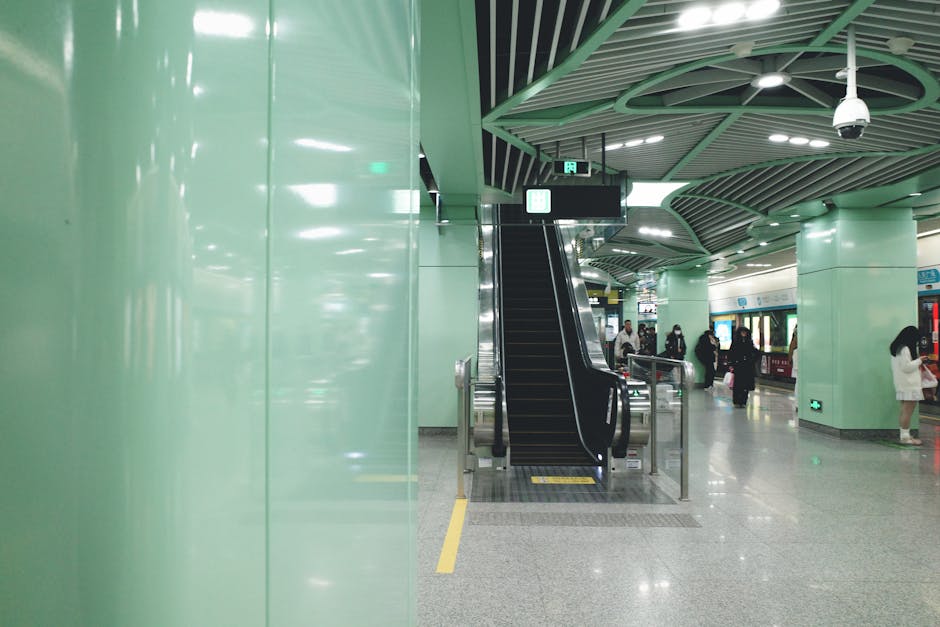
In an era where safety and security are paramount, effective surveillance solutions can make a significant difference in protecting homes and businesses. security camera installation plays a vital role in establishing a reliable security system, allowing property owners to monitor their surroundings and deter potential threats. Whether you are looking to safeguard your residence or enhance the security of your commercial space, understanding the nuances of security camera installation can empower you to make informed decisions.
Choosing the Right Security Camera for Your Needs
The first step in the security camera installation process is selecting the appropriate camera for your specific requirements. Different environments and security objectives necessitate various camera features. Here are some key considerations to guide your decision:
Resolution
Camera resolution is crucial for capturing clear images. Higher resolution cameras, such as those offering 1080p or even 4K, provide more detail, which can be essential for identifying faces or license plates in critical situations.
Night Vision
Many incidents occur outside of daylight hours, making night vision a vital feature. Cameras equipped with infrared technology can capture clear footage in low-light conditions, ensuring you have a comprehensive view of your property at all times.
Connectivity Options
Consider how you want to connect your cameras. Wired systems can offer more stable connections, while wireless options provide flexibility in placement without the need for extensive cabling. Each option has its benefits, so assess your particular environment and needs before deciding.
Step-by-Step Guide to Installing Security Cameras
Once you have chosen the right cameras, the next phase is the installation process. Here’s a detailed step-by-step guide to help you through:
1. Gather the Necessary Tools
Before commencing the installation, ensure you have the following tools on hand:
- Drill and drill bits
- Screwdriver
- Measuring tape
- Level
- Wire cutters and strippers (if using wired cameras)
2. Plan Your Camera Placement
Strategically position your cameras to maximize coverage. Identify key areas that need monitoring, such as entry points, driveways, and blind spots. Use your measuring tape and level to mark the spots where cameras will be installed.
3. Install the Cameras
Following the manufacturer’s instructions, mount the cameras securely. If you are using wired cameras, carefully run the cables to your power source, ensuring they are hidden from view or protected from tampering. For wireless cameras, set them up according to the connectivity options you have selected.
4. Connect to Power and Network
For wired cameras, connect them to the power source. For wireless options, ensure they are connected to your Wi-Fi network. Test each camera to confirm that it is functioning properly before finalizing the installation.
5. Configure the Camera Settings
Once installed, adjust the camera settings to fit your preferences. Set up motion detection zones, notification settings, and recording schedules based on your monitoring needs.
Common Mistakes to Avoid During Installation
Even with careful planning, mistakes can occur during security camera installation. Here are some common pitfalls to avoid:
- Improper Camera Placement: Failing to optimize camera angles can lead to blind spots. Always test the field of view before finalizing the installation.
- Neglecting to Secure Cables: Exposed cables can be easily tampered with. Ensure all wiring is concealed or protected to maintain the integrity of your system.
- Ignoring Lighting Conditions: Poor lighting can affect the effectiveness of your cameras, especially those without night vision. Consider the lighting conditions of your installation area.
By following these guidelines and best practices, you can ensure a successful security camera installation that enhances the safety of your property. If you need assistance or prefer to have professionals handle the installation, consider seeking out expert services for your security camera needs. For more information on professional assistance, you can visit this resource.
With the right preparation and understanding of your security requirements, you can create a robust surveillance system that provides peace of mind for years to come.